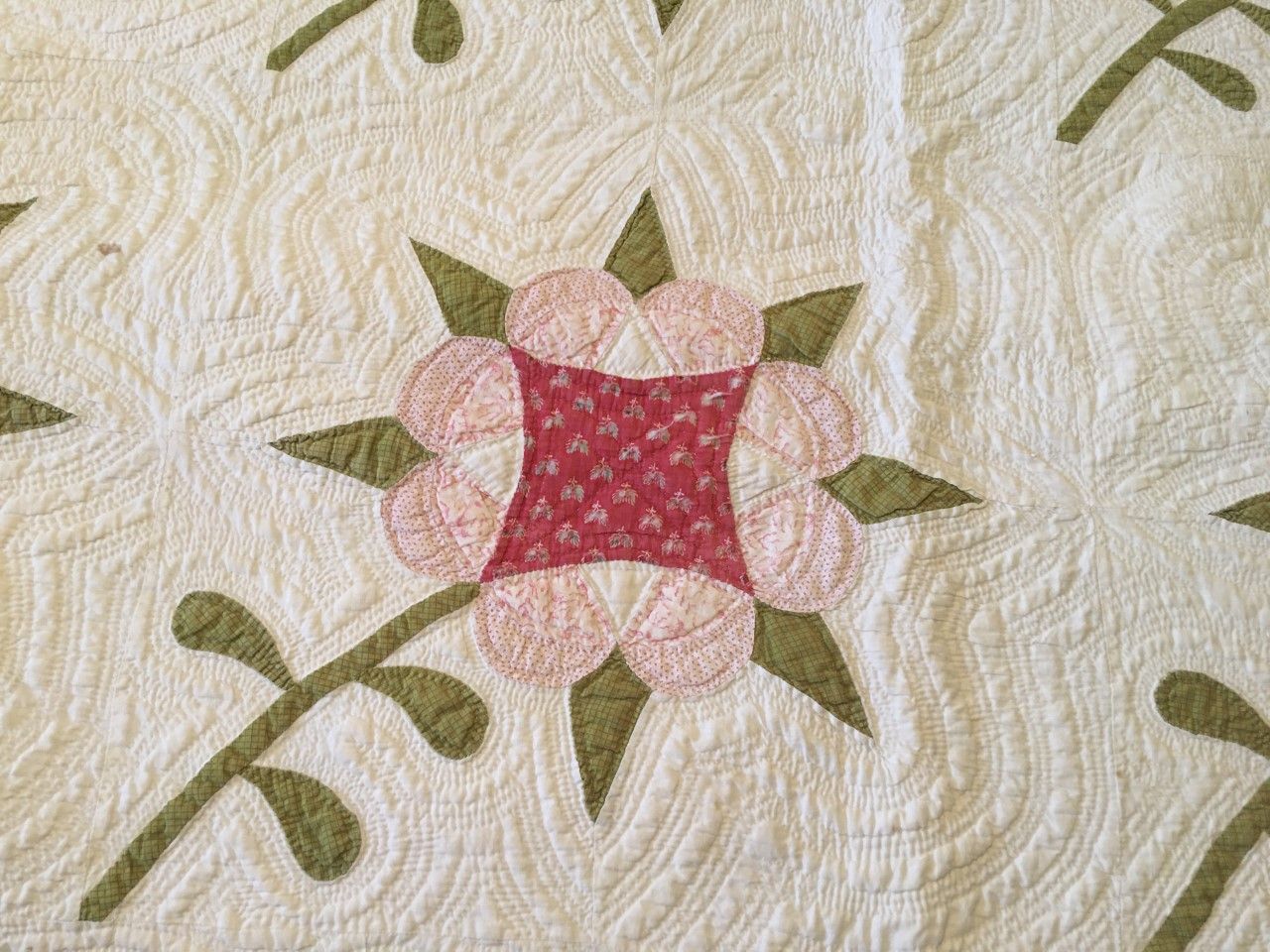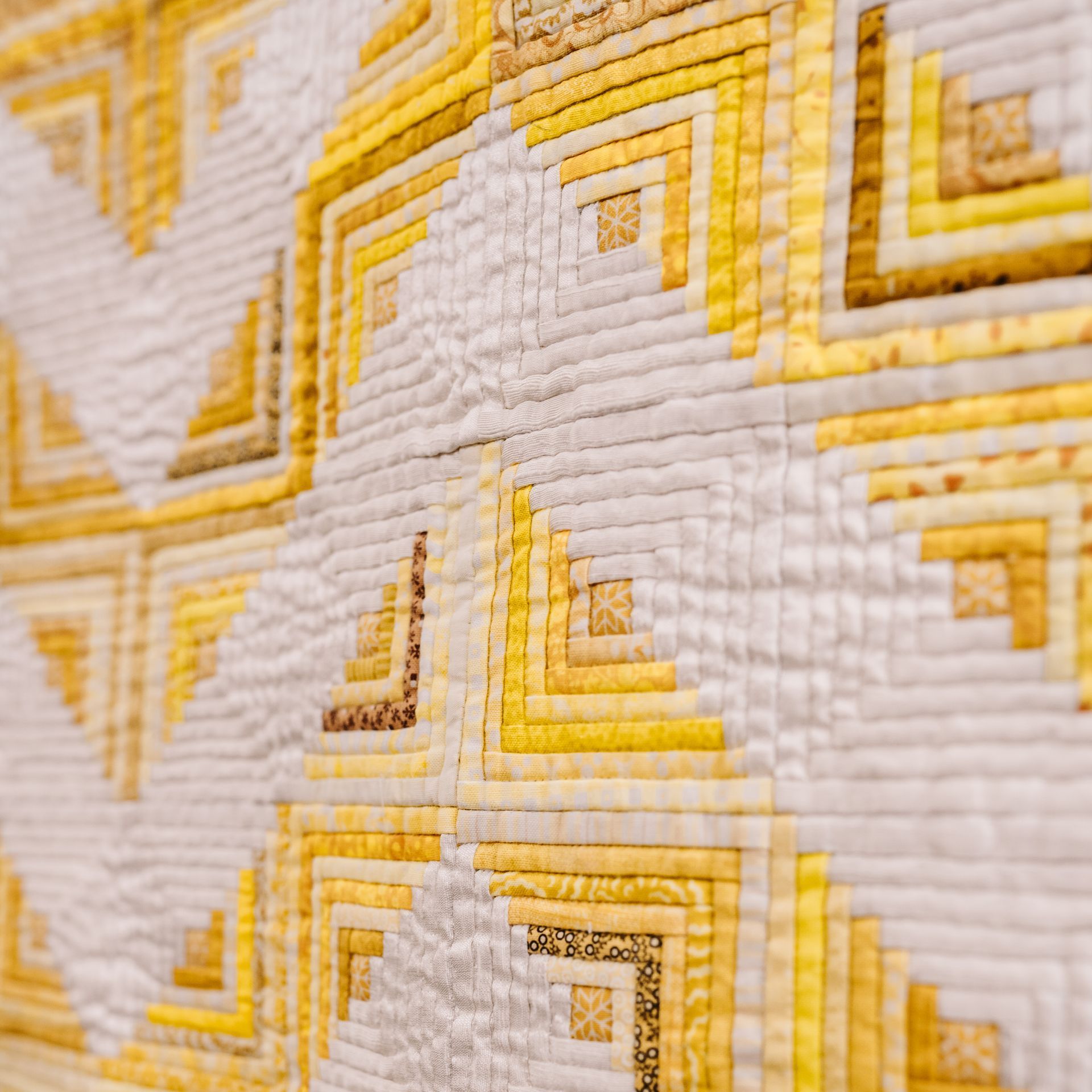Quilt History Snippets - December 2024
What: Review of Uncoverings 1993, Volume 14 of the Research Papers of the American Quilt Study Group, edited by Laurel Horton
Topic: “The Smithsonian Quilt Controversy: Cultural Dislocation”
Author: Judy Elsley
This will be a revisit of an old controversy for some and new information for others. It is one of those things that got my attention at the time (the early 1990s) and drew me into the orbit of quilt history scholarship.
Elsley establishes at the outset her goal of “explaining the debate and explicating the significance of the dispute in terms of the cultural and ideological issues it raises.” She will “argue…[that] the controversy speaks to how we perceive quilts, what purpose we think they serve, and what cultural meaning we assign to them.” Her issue is that the reproductions enact a series of “cultural dislocations” or “disturbing shifts in perceptions of quilts from control by those who make them…to control by commercial enterprise.” In other words, from the women who make them and the context in which they are made to the men who control the decisions as well as who, how, and where the quilts are made. As she says, each shift “represents a slippage that undermines the diligent efforts of quilt scholars and enthusiasts to give quilts, and the women’s culture they represent, their rightful place in American society.” [p. 119]
Elsley is careful to describe the “historical and cultural context of the controversy [p. 123]. She names the players beginning with the impact of the “1992 Christmas edition of the Lands’ End Coming Home Catalog” highlighting an American-made quilt, including prices listed. Also noted, follow-up advertising and its carefully worded descriptions of copy-cat quilts imported from China by license with Smithsonian Institution and a company called American Pacific Enterprises, Inc. Something I did not know: “each quilt was originally accompanied by a registration card, and a mock certificate of authenticity.” [p. 121] That suggests to me that the decision-makers at Smithsonian anticipated some controversy over this project.
The estimated sales statistics provided by Elsley are surprising and enlightening. An industry publication, Home Furnishings Daily, estimated that American Pacific would gross $100 million in 1992. That got the attention of the decision-makers at Smithsonian who, no doubt, imagined this a “profitable way to increase their revenues.” [p. 124] But it did not take long for the American quilting community to take notice and begin protesting. You will recognize many of the names given here as well as the arguments for and against this project.
Elsley does an excellent job of providing the context and content of this controversy as well as the players and their positions. She also gives ample attention to issues related to women’s history, textile history, and the relationship between them. As she says, “When quilts are stripped of their context what we lose is their textuality…women’s history and culture are muted and even silenced, obliterated as insignificant.” [p. 127]
There’s more in this worthy and well researched, well written article. I won’t reveal the specifics on how it ends. I want you all to read it and decide for yourselves how the end of the controversy holds up all these years later. Let me hear from you. You can reach me at kmoore81@austin.rr.com
Share Post




